Flamingo Dappled Willow (Shrub Form) – 2 Gallon Pot
$59.97 Original price was: $59.97.$41.98Current price is: $41.98.
SKU: D2LSC 8893563176 Category: TOPIARY PLANTS
- Experience the difference quality makes.
- Buy with Peace of Mind
- Free Shipping, No Compromise on Quality
- High quality products, hassle-free returns.

‘Flamingo’ Variegated Dappled Willow (Shrub Form)
Salix integra ‘Flamingo’
Plant Details
USDA Plant Hardiness Zones: 4a-9 Find Your Zone
Plant Type: Deciduous Shrub
Height at Maturity: 6-10′ depending on pruning
Width at Maturity: 6-10′ depending on pruning
Spacing: We recommend using as a specimen or small groups with plants spaced at least 6′
Flower Color: Yellow
Flower Size: 1″
Flowering Period: Early Spring
Flower Type: Catkins
Fragrant Flowers: No
Foliage Color: Pink, White and Green
Fragrant Foliage: No
Berries: No
Berry Color: NA
Sun Needs: Full Sun to Part Shade
Water Needs: Average,
Soil Type: Clay (amended), Loam, Sand (amended), Silt
Soil Moisture / Drainage: Well Drained Moist
Soil pH: 6.0 – 8.0 (Moderately Acid to Moderately Alkaline)
Maintenance / Care: Low to Average
Attracts: Visual Attention
Resistances: Deer, Erosion, Wet Soil, Black Walnut
Description
This is the shrub form of the ‘Flamingo’ Dappled Willow, Salix integra. It is very similar to its cousin Salix integra ‘Hakuro Nishiki’. Honestly, we can’t tell much of a difference between the two cultivars. Both have very similar habit and form with outstanding variegated white, pink and green leaves in spring that mature to green and white during summer. During the winter, the red branches of ‘Flamingo’ offer good winter color, similar to those on red-twig dogwood. Flamingo is a very fast-growing deciduous shrub that responds well to shearing for hedges or various formal shapes, which when done during the growing season encourages new growth with the tricolor variegation. An eye-catching specimen in the landscape!
Landscape & Garden Uses
Growing 6 to 10 feet tall and equally as wide depending on pruning, the Flamingo Dappled Willow Shrub is ideal for use as an accent, in groupings or as a natural or formal clipped hedge in sunny landscape borders. A fine addition to pink gardens, cottage gardens and formal gardens when clipped as a hedge or to various formal shapes.
Growing Preferences
The Flamingo Dappled Willow is easy to grow in wide range of soils. It prefers a consistently moist but well-drained soil of average fertility. That said, established plants will tolerate dry periods much better than other willow species. It will tolerate clay soil but we recommend amending with organic matter such as compost or a planting mix. It likes full to mostly sun in zones 5a-7a, but will appreciate some shade or filtered sun during the hottest afternoon hours in zones further south. No pruning is necessary however the plant responds well to light pruning and shearing during the active growing season, which stimulates more pink new growth. Cease pruning two months prior to the average first-frost date in your area. Heavy pruning to reduce the size of the canopy should be done while the plant is dormant, in either early winter or very early spring before catkins any new leaves appear.
Plant Long & Prosper!
Meet The Wilson Brothers & Staff
Questions? Contact Us
I ordered and received a beautiful dappled willow shrub. The plant was received in excellent condition and is already flourishing in my landscape.————————————————–We are so glad you are pleased and we hope you enjoy it for years to come! Thanks for the kind words and great review! 🙂 Beth Steele | WBG
Be the first to review “Flamingo Dappled Willow (Shrub Form) – 2 Gallon Pot” Cancel reply
Related products
Sale!
TOPIARY PLANTS
Sale!
TOPIARY PLANTS
Sale!
Sale!
TOPIARY PLANTS
Blue Star Juniper Tree (Single Trunk Topiary) – 2 Gallon Pot
Sale!
TOPIARY PLANTS
Sale!
TOPIARY PLANTS
Sale!
Sale!



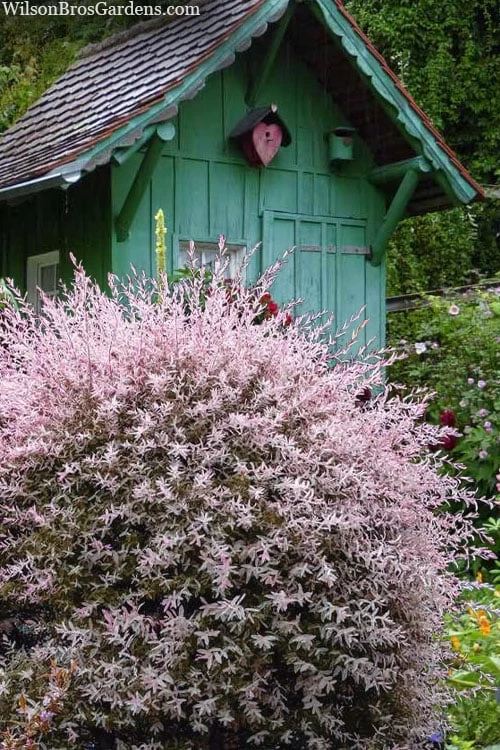
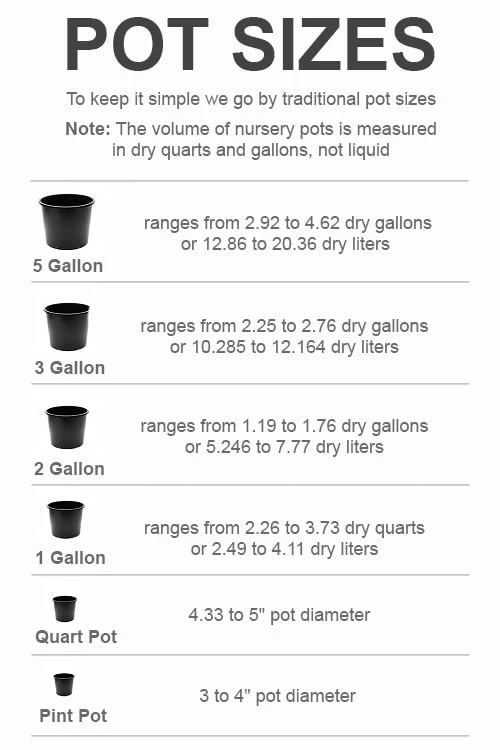

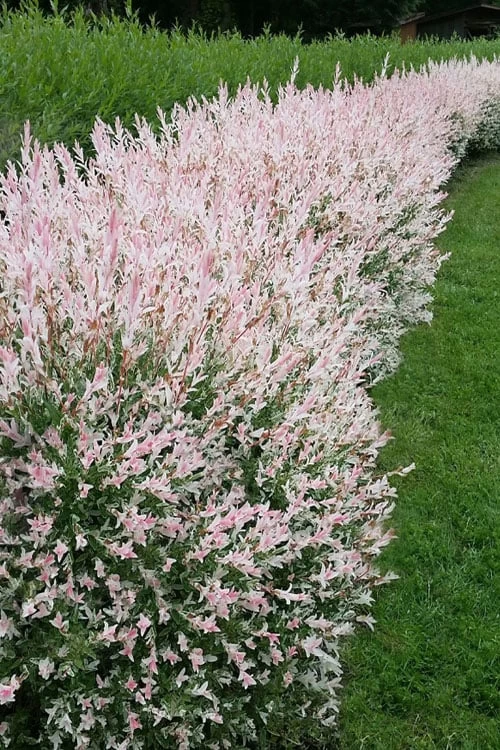


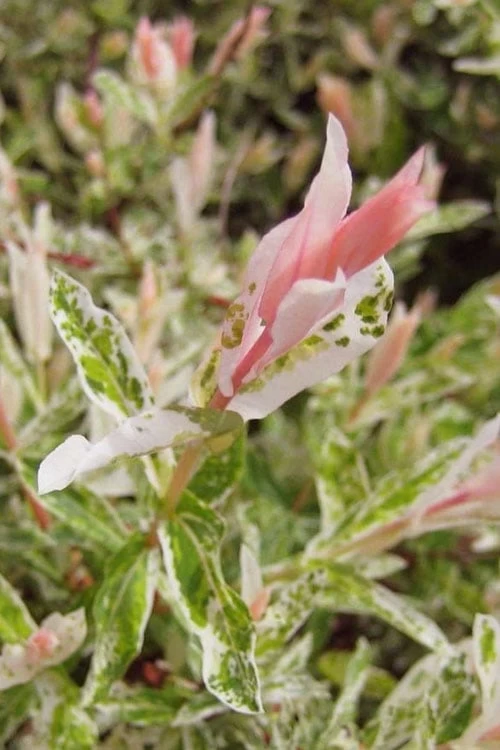









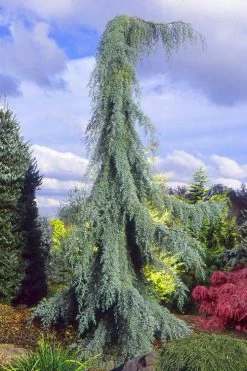



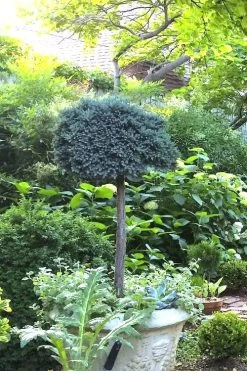





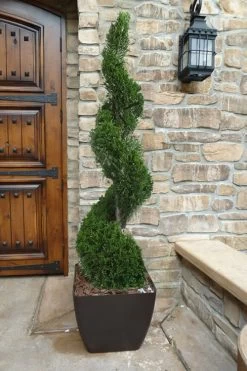



Reviews
There are no reviews yet.